

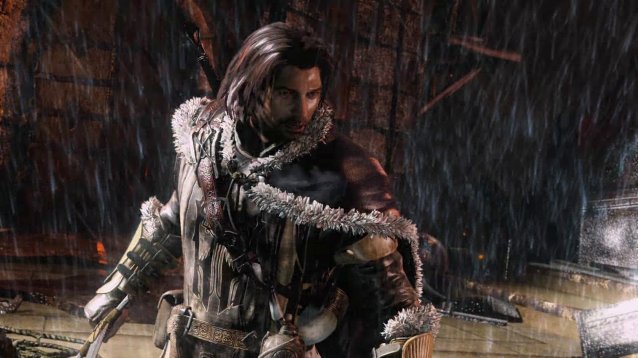
It may not be unfair to say that licensed video games have higher hills to climb to prove their worth, or at least are stigmatized in such a way, than original properties. Monolith's Middle-earth: Shadow of Mordor met a similar struggle when it was first revealed, and not just because it was set within the very influential world Tolkien created. Its gameplay looked derivative of Assassin's Creed and the developers' proclamations seemed overly ambitious. But what sounded too good to be true turned out to be true. The result is one of the most satisfying gaming experience I've had this year.
Of course, you may already be aware of its critical acclaim. Shadow of Mordor has been out for more than a week now, with reviews having dropped even earlier. My own conclusion has had to come a little later thanks to the chaos of reality. In light of that, I figured we would launch right into the core of what makes it good, some of what makes it not-so-good, and whether or not it's worth your time.
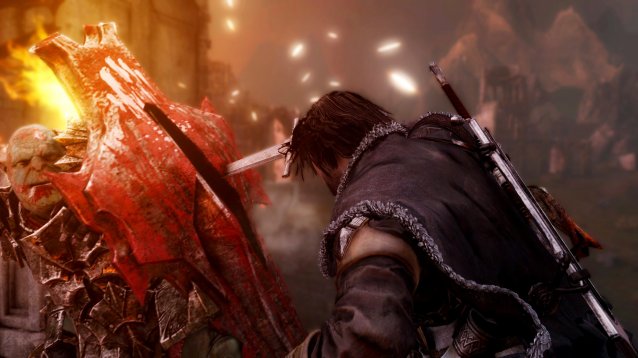
The Good
Middle-earth: Shadow of Mordor places you in the realm of Mordor, a land swollen with the Uruks of Sauron's army. The hierarchy of that society is visually represented in-game as five warchiefs on top and the ambitious captains below them. As time passes, those officers will challenge each other in duels and assassinations, boast about their strength through feasts and go hunts all with the goal of gaining position. How you engage with their power struggles as the ranger Talion is placed under the umbrella of the Nemesis System, an artificial intelligence simulation that is Shadow of Mordor's star attraction.
Every Uruk has the potential to become a captain or higher if they fell Talion in battle. Their power rating increases, they're given a name, and they develop their own set of evolving strengths and weaknesses. And by successfully besting their enemies, they become stronger and rise through the ever-shifting ranks. No two persons are going to face the same army.
That's all neat on its own, but what makes the Nemesis System truly special is how it forges personal relationships between player and foe. The game remembers those confrontations, shaping future scenarios in response. Fail in your encounter and when you meet again, that Uruk will gloat about your prior defeat. It rubs in your losses, as well as your victories, with enough specificity for biting, antagonistic connections to form. I've never hated a video game enemy quite so much before. If there's anything that defines the power of the new generation, it has to be this.
The attention to detail afforded by the Nemesis System is impressive, too. Monolith recorded mountains of sadistic dialog for the Uruks, giving them an impressive range of personality and response. The camera will zoom on them with a beating of drums. They gleefully threaten your ugly demise when spotted or weapons cross. And when you scar them, their models change to match their injuries if they survive.
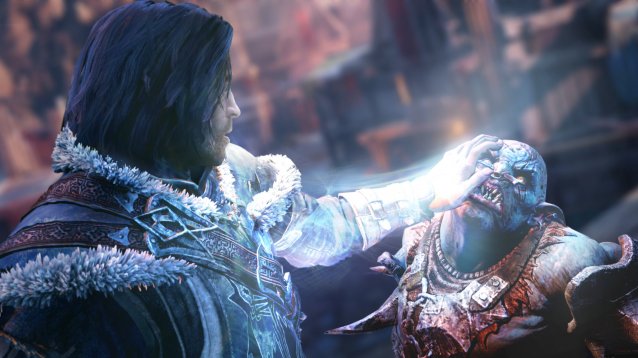
Fighting them is just as fun as facing them. Combat has been lifted fairly extensively from the recent Batman games, to the point where I could go back and forth between Arkham Origins and Shadow of Mordor without trouble. Many have unsuccessfully attempted to bottle the same magic, but here it's done right. Aside from its fluidity - incoming attacks can now be deflected during otherwise unskippable actions - the varied move list is grandiose. Talion can control the battlefield through stealth, his bow, fear-inducing executions, combat finishers with a high enough hit counter, and even teleport directly to enemies and mounts with an ability called Shadow Strike.
Enemies can also be forcefully turned. Because of his unusual circumstances, Talion can brand any Uruk to later activate them to his side. Best of all, that ability can be done to captains. That lets you exploit your encounters in some rather fun ways. Sneak through a camp, branding the archers, then activate them to rain death from above while you stroll towards your target. Or, and this is my favorite, do the same to a captain associated as a bodyguard for a high-ranked warchief. Not only does that give you a powerful ally for an otherwise difficult fight, but whatever troops belonged to the captain will now belong to you.
A majority of those abilities are earned by leveling up and acquiring power, and that experience can be earned through an extensive amount of side content. Challenges are spread across the map, testing your prowess with sword, bow and dagger. The Nemesis System will create an unlimited amount of missions to tackle. Furthermore, an abundance of collectibles are spread across the game's two major zones that are thankfully not just for show. Finding them unlocks descriptions of lore that Talion and his companion discuss, though if you're not familiar with the books then some of it won't have as much meaning. Simply put, there's a lot to do. You're looking at over 20 hours if you're a completionist.

The Not-so-good
Middle-earth: Shadow of Mordor places you in the realm of Mordor, a bleak land of rock, dirt, an occasional tree or patch of grass, and more rocky dirt. Fortresses dot the landscape, many of their walls half eaten through with neglect and empty of any character but stone. It may be a faithful representation of Mordor itself - it was never known for its colorful scenery - but that doesn't exactly make for a compelling place to explore when you're not engaging with the game's exciting mechanics.
You traverse its desolation as Talion, a banal angry man whose tragic life story was readable from the very first scene. He was a ranger of Gondor, stationed on Mordor's Black Gate, before the forces of Sauron scaled its walls and murdered his family. Death would offer him no release, however, and he soon awoke to a bonded, cursed existence with a mysterious wraith of unknown history.
It's a serviceable revenge story, but it doesn't do anything particularly interesting outside of your companion's past. Nor does it mesh well with the The Lord of the Rings' lore. Talion belongs more in a comic book than he does within that fiction, displaying sprees of violence that would please Frank Miller. In fact, the larger references that do exist end up feeling rather forced if you can remember a few lines from the movie trilogy. The worst I can say about it is that it ends up being a tutorial for the Nemesis System more than anything else, as completing missions teaches you new, significant abilities.
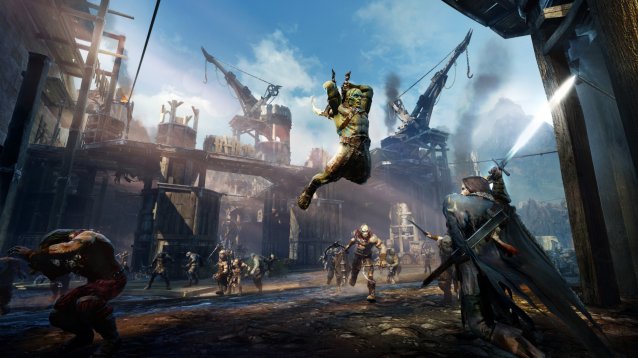
The Bad
There's not a whole lot that's outright bad about Shadow of Mordor. At its worst, it's only competent. That said, if you have access to a Xbox One, PlayStation 4 or a decent computer, you'd be doing yourself a great disservice by playing it on an Xbox 360 or PlayStation 3. Those machines don't have the memory to fully accommodate the complex simulations of the Nemesis System. It will still be a fun open-world action game, but it won't be nearly as emotionally engaging nor personal an adventure.
The Appraisal
This new generation has been want to characterize itself with higher polygon counts and better textures while everything else has remained the same. 2014's Shooter plays a lot like 2004's Shooter. Middle-earth: Shadow of Mordor has its own share of emulation, but what they've added redefines how we interact with open-world games. The Nemesis System is an achievement, one that overshadows any faults Shadow of Mordor otherwise has through sheer fun factor, and I can't wait to see its influence spread.
9 out of 10
Middle-earth: Shadows of Mordor was developed by Monolith and published by Warner Bros Interactive Entertainment. It was released on September 30th, 2014, and is available on PC, Xbox 360, Xbox One, PlayStation 3 and PlayStation 4 for $59.99. A PS4 copy of the game was provided by the publisher for this review.
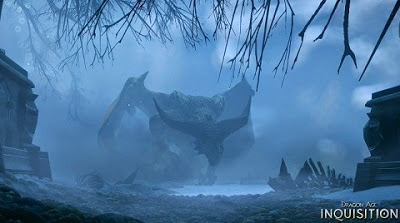
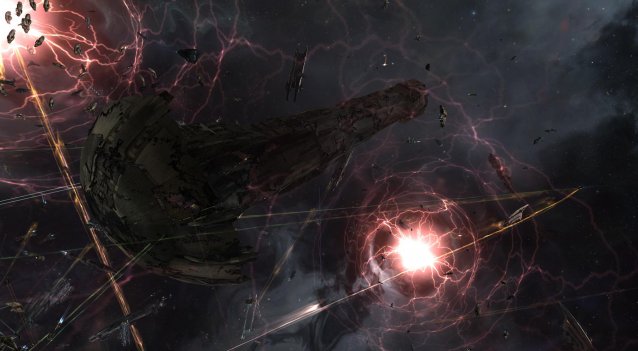
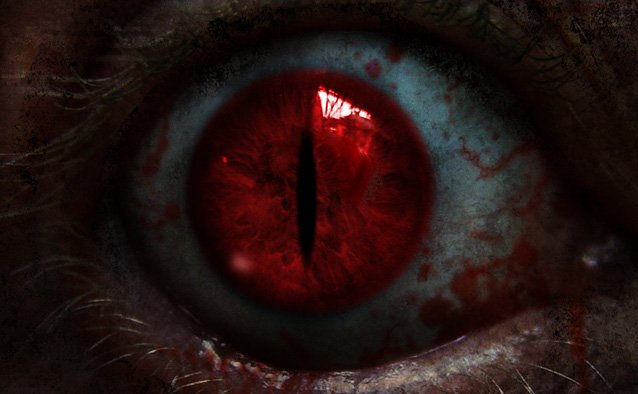

 Tips for Maximum Weight Loss with Wii Fit Games
Tips for Maximum Weight Loss with Wii Fit Games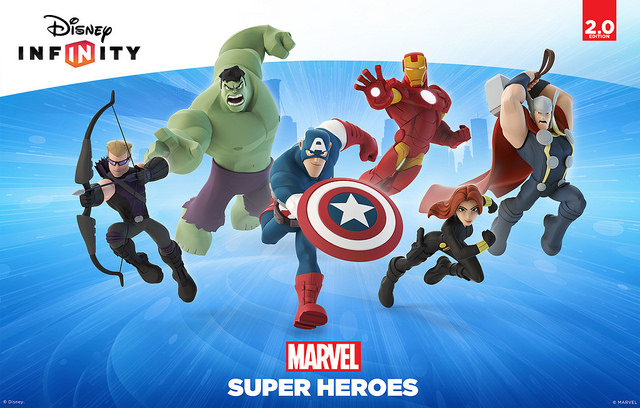 Disney Infinity: Marvel Super Heroes Complete Achievements List
Disney Infinity: Marvel Super Heroes Complete Achievements List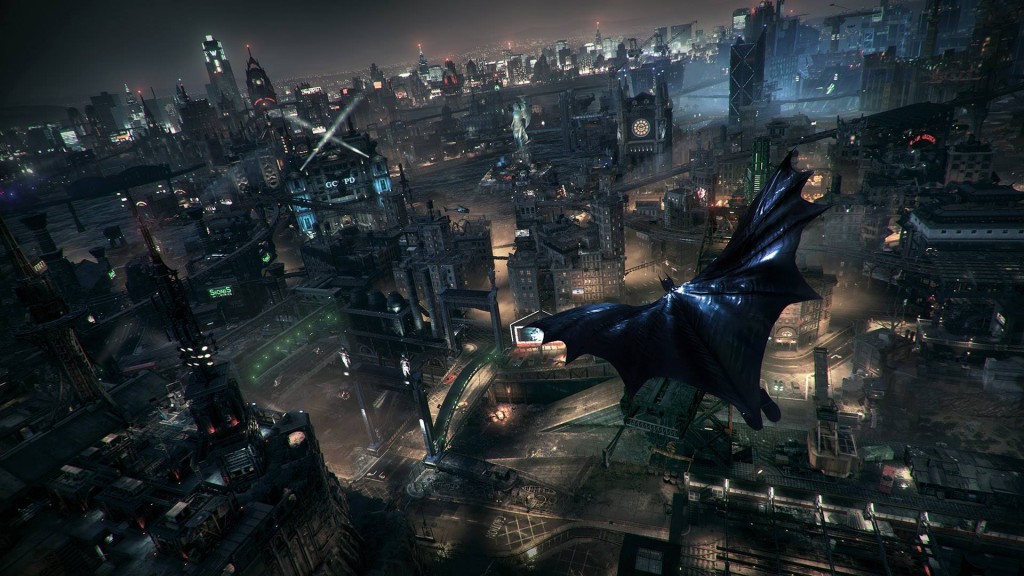 Batman Arkham Knight Guide: How To Find All Riddler Trophies In Panessa Studio
Batman Arkham Knight Guide: How To Find All Riddler Trophies In Panessa Studio Pokemon HeartGold & SoulSilver :: Gym Leader Guide
Pokemon HeartGold & SoulSilver :: Gym Leader Guide Payday 2 Review: Law Enforcement Genocide with Friends
Payday 2 Review: Law Enforcement Genocide with Friends